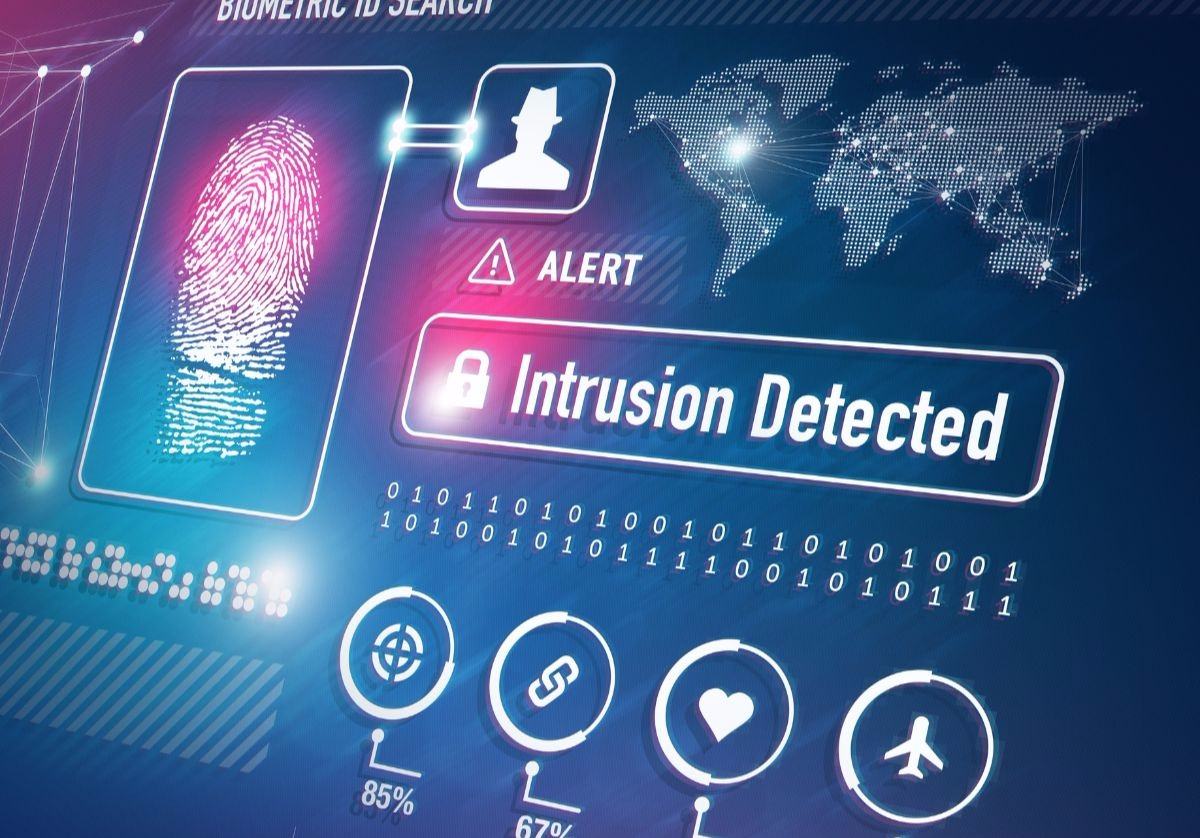No products in the cart.

The cybersecurity threats are increasing day by day and it can be extremely risky in the Internet world. The cyber threats and cybercrimes have risen so much that cybersecurity is not just a slogan or catchword but something serious which we have to worry about. With the evolution of the World Wide Web, many internet nasties are playing on the susceptibilities to target computers and save personal information or data of the users. Most of the time we are not aware of the data being retrieved. With foremost data infringement on rising, both business people and general users should take the necessary steps to protect and secure themselves. Following mentioned below are 8 most common online cybersecurity threats everyone should know about and how you can defend yourself. Most Common Online Cybersecurity Threats: 1 - Phishing: Phishing is a common type of fooling, tricking, and counterfeit activity in which fake....
A great hacker is really worthy of good recommendation , Henry
really help to get all the evidence i needed against my husband and
and i was able to confront him with this details from this great hacker
to get an amazing service done with the help ,he is good with what he does and the charges are affordable, I think all I owe him is publicity for a great work done via, Henryclarkethicalhacker at g mail com, and you can text, call him on whatsapp him on +12014305865, or +17736092741,
What’s crazy that you don’t even have to use public wifi to be hacked. You might connect to your friend’s wifi or hotspot which was hacked and get your information leaked or hijacked then. The VPN provider that I use even has a feature that, when you connection to any unknown (or even known) wifi, it automatically connects you to VPN. That’s why I have Surfshark set up both on my phone and laptop. That erases the risk of me forgetting to do it myself and makes me feel safe at all times.